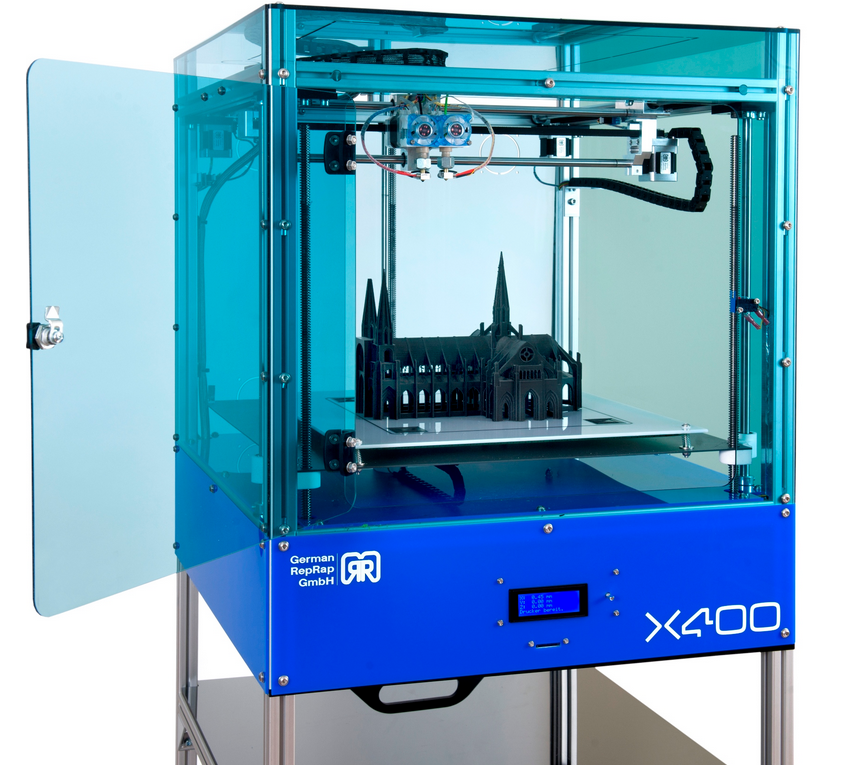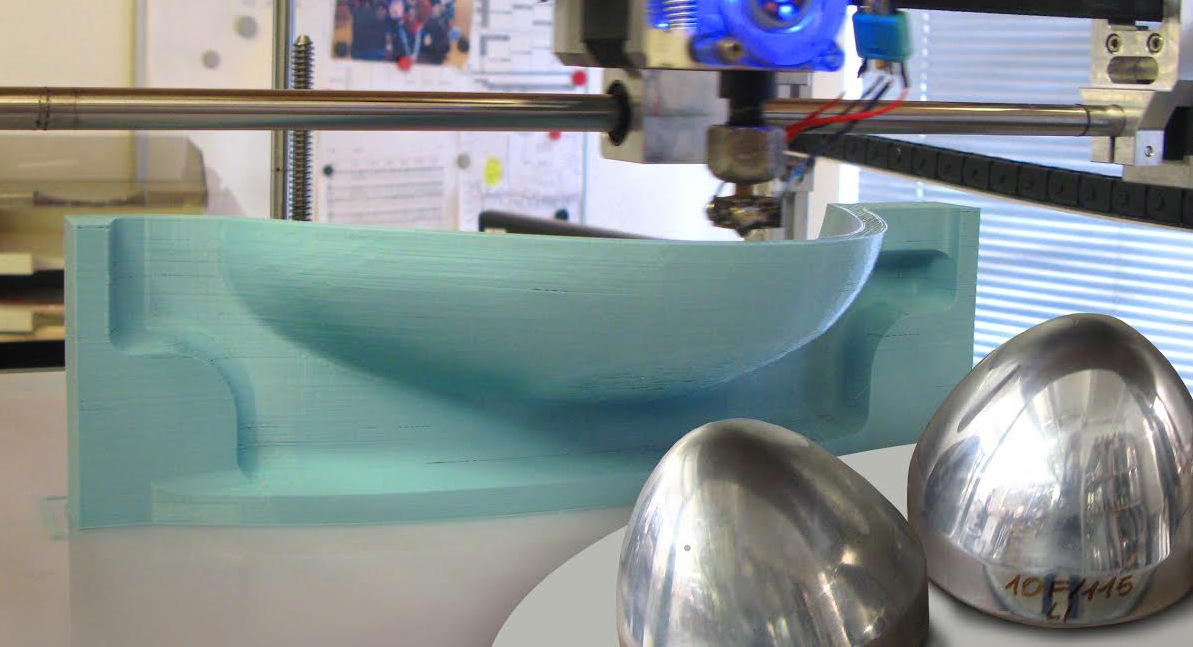 This morning we introduced you all to a Kickstarter project from Daisy Fit Forms, which sought funding so that the company could create 3D printed molds for breast prostheses. These molds would allow for complete customization of the prostheses, and in the process change the lives of thousands of breast cancer survivors for the better.
This morning we introduced you all to a Kickstarter project from Daisy Fit Forms, which sought funding so that the company could create 3D printed molds for breast prostheses. These molds would allow for complete customization of the prostheses, and in the process change the lives of thousands of breast cancer survivors for the better.
Although Lorne Gagnon, the founder of Daisy Fit Forms, didn’t elaborate on just what 3D printers the company may use, news coming out of Germany today can only be good for his initiatives.
 German RepRap today issued a release detailing how their 3D printers have been put to use extensively by Anita Dr. Helbig GmbH to save a tremendous amount of time and money while creating molds for, you guessed it, breast prostheses.
German RepRap today issued a release detailing how their 3D printers have been put to use extensively by Anita Dr. Helbig GmbH to save a tremendous amount of time and money while creating molds for, you guessed it, breast prostheses.
Anita is a 129-year-old family-owned business, based in Brannenburg, Germany. They offer everything a woman could ever want, at least when it comes to her breasts. From lingerie to sports bras to swimwear to prostheses and mastectomy bras, Anita has it covered. What they also have covered is the early adoption of the latest technological marvel, 3D printing.
The company was looking for a way to cut back costs, while increasing comfort of their line of breast prostheses, which are targeted primarily towards breast cancer survivors who have had a single or double mastectomy. The techniques the company had been using were extremely time consuming and outdated, requiring that a wooden template be utilized to create a prototype out of fiberglass. This prototype then was used in a manual process in which an individual would have to mirror it to create an aluminum mold to pour silicone into. It took approximately two  weeks just to create the aluminum mold.
weeks just to create the aluminum mold.
“The molds have been changing all the time and we need tools for 10 different types in 100 different sizes,” says Georg Weber-Unger, Director of Anita Dr. Helbig.
After all of this, since the process was done manually, the actual prostheses would never be a perfect fit. Anita was not satisfied with the status quo, and therefore sought out German RepRap and their X400 3D printer. The results have been nothing short of revolutionary. Using the X400, the molds are designed using CAD software, which allows for instant mirroring and 3D printing. Within just a few hours, the printer is able to fabricate a positive copy of the tool, saving the company two weeks of work.
From this point, the mold, which is printed out of PLA thermoplastic, is cast with sand and turned into a new aluminum tool. This eradicates the need for milling altogether, and saves the company approximately 50% on development costs, which surely get passed on to their customers to some extent.
What do you think of this case study and how 3D printing has been able to accomplish so much in the area of breast prostheses? Discuss in the 3D Printed Breast Prostheses forum thread on 3DPB.com.
Subscribe to Our Email Newsletter
Stay up-to-date on all the latest news from the 3D printing industry and receive information and offers from third party vendors.
You May Also Like
Precision at the Microscale: UK Researchers Advance Medical Devices with BMF’s 3D Printing Tech
University of Nottingham researchers are using Boston Micro Fabrication‘s (BMF) 3D printing technology to develop medical devices that improve compatibility with human tissue. Funded by a UK grant, this project...
3D Printing Webinar and Event Roundup: April 21, 2024
It’s another busy week of webinars and events, starting with Hannover Messe in Germany and continuing with Metalcasting Congress, Chinaplas, TechBlick’s Innovation Festival, and more. Stratasys continues its advanced training...
3D Printing Webinar and Event Roundup: March 17, 2024
It’s another busy week of webinars and events, including SALMED 2024 and AM Forum in Berlin. Stratasys continues its in-person training and is offering two webinars, ASTM is holding a...
3D Printed Micro Antenna is 15% Smaller and 6X Lighter
Horizon Microtechnologies has achieved success in creating a high-frequency D-Band horn antenna through micro 3D printing. However, this achievement did not rely solely on 3D printing; it involved a combination...






























